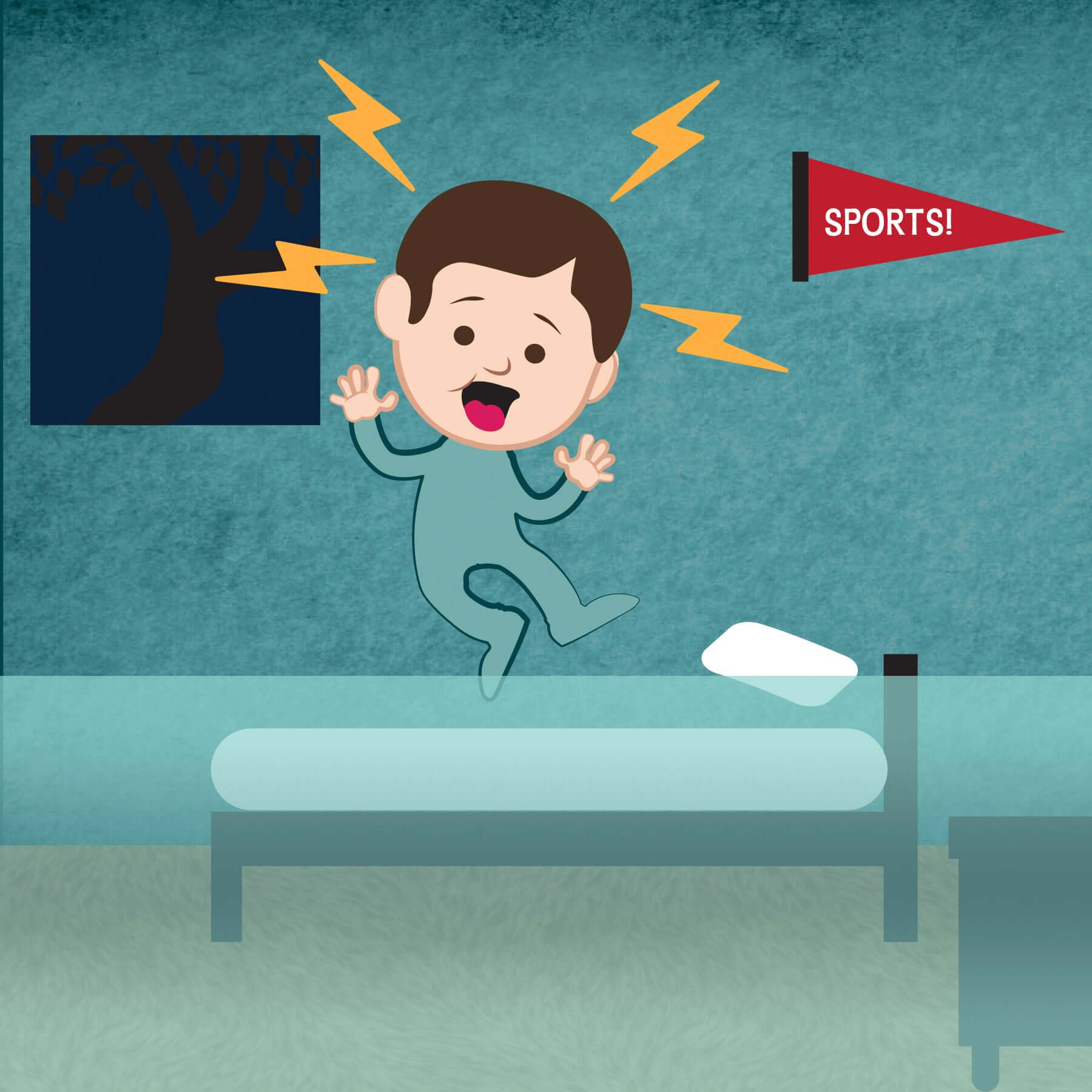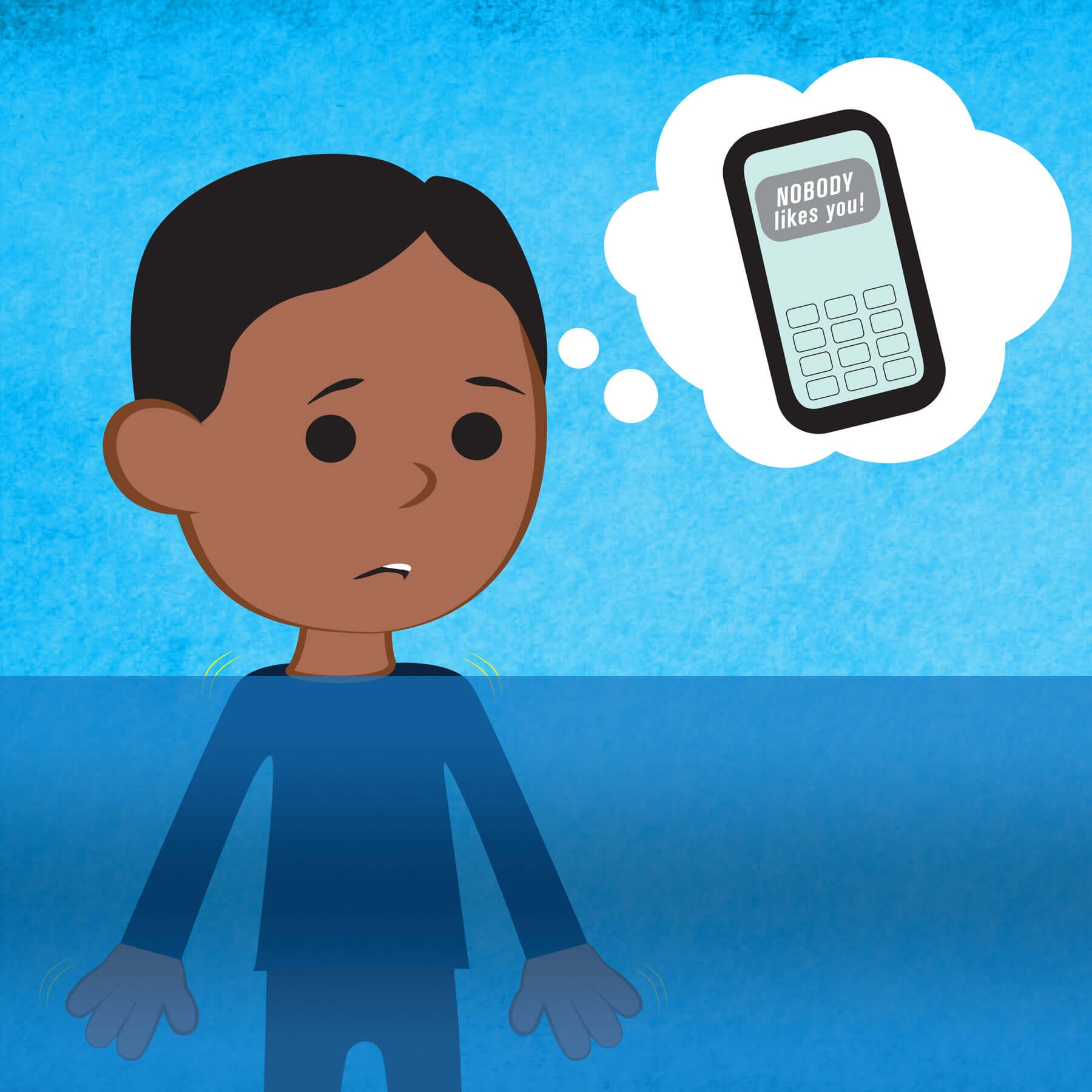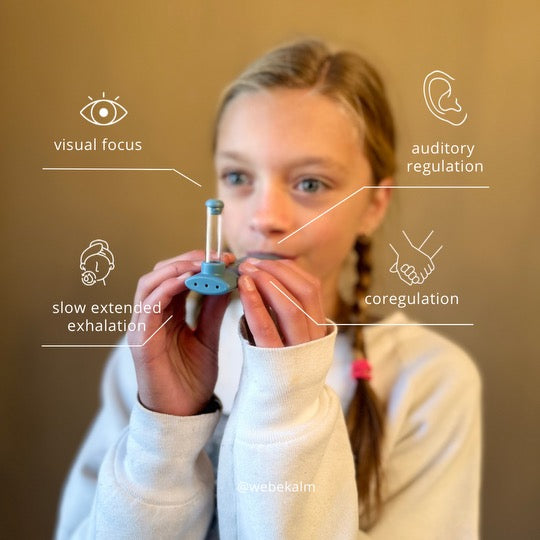Dear webe,
My child is 10 years old and recently diagnosed with ASD (Autism Spectrum Disorder). She is extremely high functioning; you almost wouldn’t know she is on the spectrum. In school she is perfect. But at home, she often has emotional outbursts and cannot be redirected or calmed down. She is the oldest of three children and often when there is a change in routine and she has to stop an activity she is enjoying, she will get upset and be mean to her siblings (calling them names, being grumpy, etc.). Our morning routine is also a nightmare. Every morning, no matter how much preparation or prompting she has, she will always spend too much time reading (her favorite activity) and wait until the last second to leave the house. Being late is a big trigger for her, she hates it, but knowingly is late every day because she wants to keep reading. Then she gets stressed out about being late to school and takes it out on the whole family. We have tried prompting her (i.e. “you have 10 minutes left!), rewarding good behavior, ignoring problematic behavior, taking things away that she likes, etc. but nothing works, she just doesn’t seem to care.
Beyond Exasperated
Hello Beyond Exasperated,
It sounds like you are feeling frustrated, concerned, and maybe a bit exhausted because you need harmony at home and effective strategies to support your daughter’s needs. Specifically, you’d like to find a way to help her transition from preferred activities, like reading, without causing upset and distress for the rest of the family. Having tried a variety of different strategies that don’t seem to work, you may be feeling discouraged and possibly even at your wit’s end.
Before moving on to suggestions for you daughter, I just want to take a moment to acknowledge how challenging this situation has been for you. You are trying so hard to find ways to help your daughter while also caring for the well-being of your whole family. It can be overwhelming and even scary to feel like you are at a loss for what to do next. All of this takes a toll on your own sense of resourcing and regulation, resulting in feeling exhausted and depleted. Taking some time to regulate and resource yourself is an important first step and will go a long way in helping your family as well. This could look like an outdoor walk, a meditation, or some deep breathing.
Once you are ready, here are some steps you can take with your daughter. Begin with connection - empathetically acknowledging your daughter’s love for reading, recognizing it as a source of fun, creativity, adventure, or a means of finding meaning and relief from daily pressures. This demonstrates genuine care for her needs (ie why reading is so important to her). After establishing this connection, acknowledge your mutual desire for her to be at school on time. Be transparent about your desire for accountability and together explore strategies that address both her needs (i.e. to read in the morning) and your concerns (getting the rest of her morning routine done and getting to school on time).
Invite her input on solutions while you share some of your own (see below for suggestions):
-
Visual timer – Using a timer or visual countdown can help your daughter see how much time she has left for an activity. Making the concept of time more tangible can help with smoother transitions.
-
Involve her in creating the schedule – Your daughter enjoys reading but also doesn’t want to be late for school. Ask her how she would achieve both and see what schedule she comes up with. Make sure to discuss how she plans on holding herself accountable so she can successfully achieve both of her goals.
-
Instead of rewards tap into intrinsic motivations – Reading seems to be something that excites your daughter. Offering extra reading time or a new book may incentivize her to engage in smoother transitions. Another option is using storytelling elements to turn routine tasks (like teeth brushing) into more engaging experiences (a quest or adventure).
-
Role-play – Research suggests that role-playing can be beneficial for children with ASD as it can improve social understanding and flexibility. This can help her practice her morning routine in a stress-free and safe environment. Here is what that could look like:
-
Explain the game – “Today we are going to pretend it’s a school morning.”
-
Assign roles – “I will be you and you can be me. So, I will be reading and you will be helping me get ready for school.” (NOTE: when you reverse roles like this it is a great way to help her notice what it feels like to be in your shoes which will meet your need for empathy around what it is like to be the mother in this situation)
-
Set the scene – “Here is our reading spot. There is the timer we will set to help us know when we need to move to the next thing. The bathroom is where we will brush our teeth. The bedroom is where we will get dressed. And breakfast will be in the kitchen.”
-
Start the role-play – Set the timer and you (as her) begin to read.
-
Transition – When the timer goes off, you (as her) move on to the next activity. Reset the timer for that activity (i.e. 3 minutes to brush teeth)
-
Continue the routine – Move through the morning activities, setting the timer each time.
-
Reflect together – When done, discuss how it felt to practice the morning routine. Focus on what worked and what could be improved. Think of these plans or agreements as experiments, not laws. This way there is the expectation that some stuff will work and some won’t, but regardless you can go back and modify as you continue to experiment.
-
Adjust and repeat – Try it again and when you are both ready, you can switch roles and give her an opportunity to practice her morning routine.
Good luck to you and remember, webe in this together.
Best wishes,
webe















Leave a comment
All comments are moderated before being published.
This site is protected by reCAPTCHA and the Google Privacy Policy and Terms of Service apply.